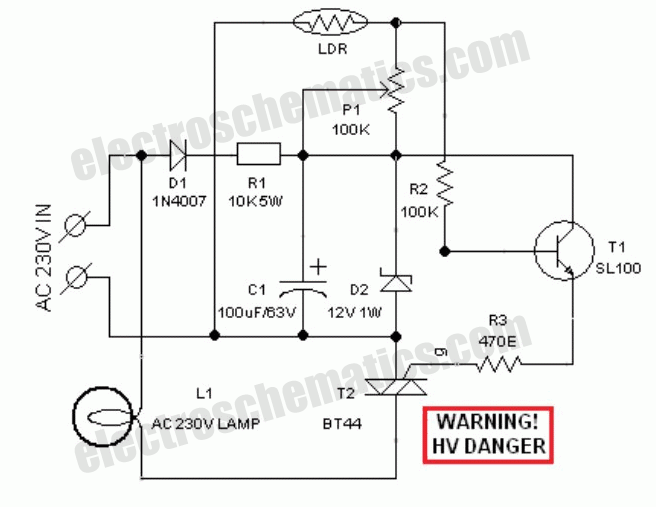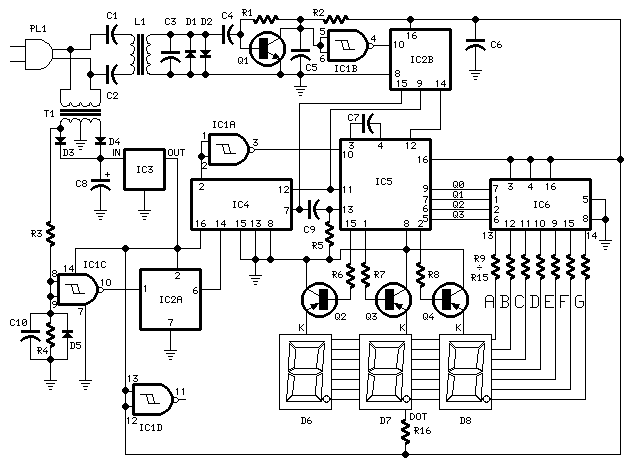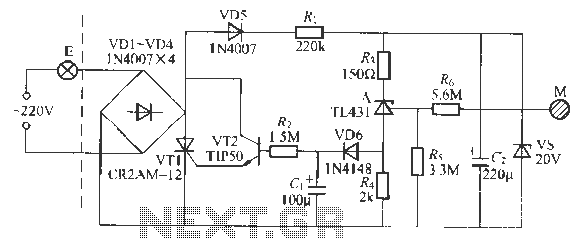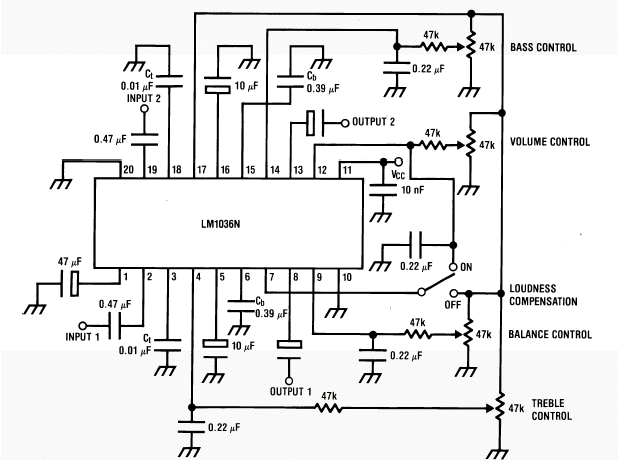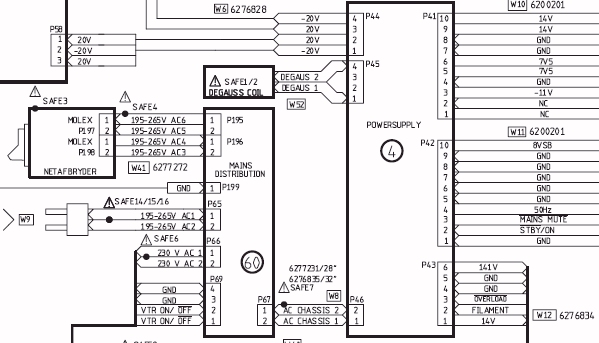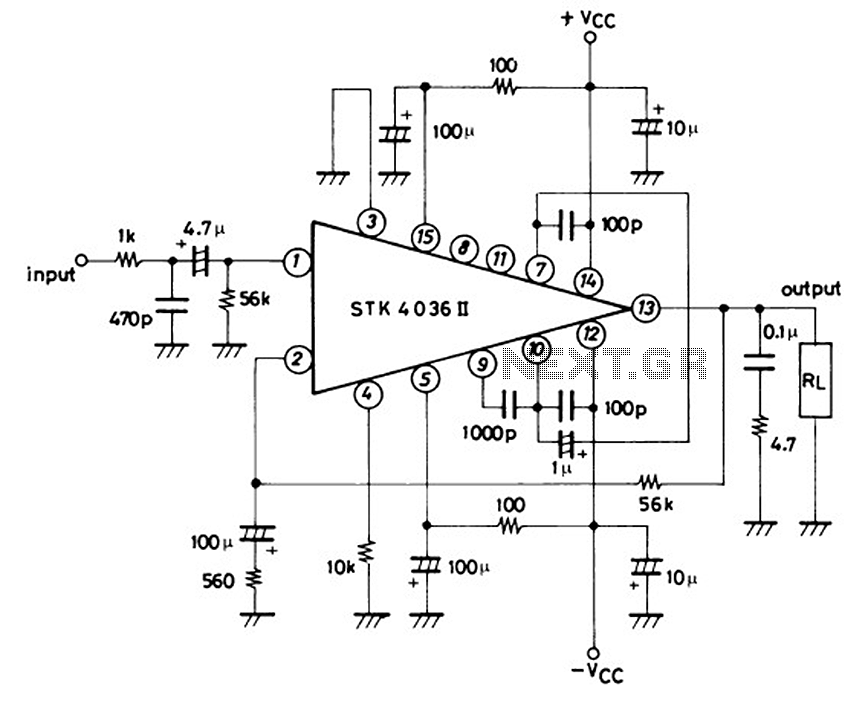
1.5V Light emitting diode flasher circuit
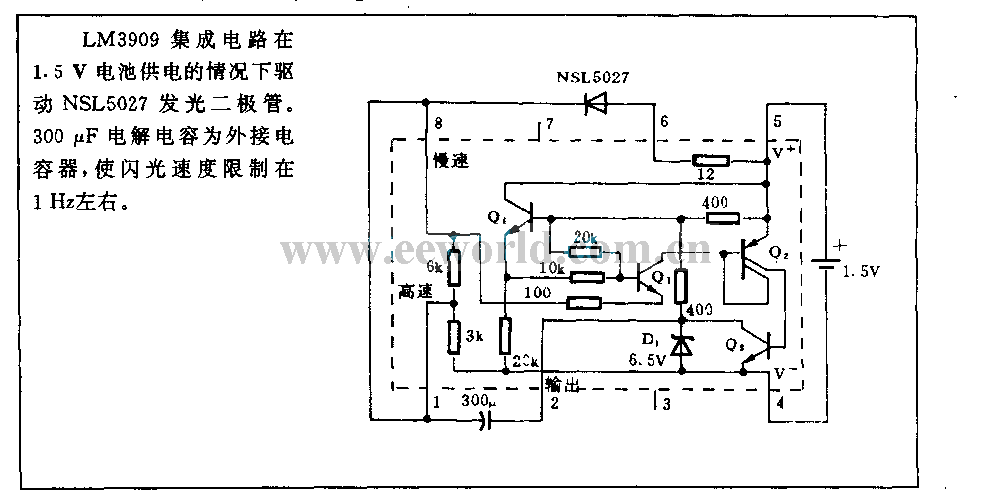
With a 1.5V battery supply, the integrated circuit LM3909 can drive the light-emitting diode NSL5027. The 300μF electrolytic capacitor acts as a timing capacitor, which limits the flash speed to approximately 1Hz.
The circuit utilizes the LM3909, a popular LED flasher IC known for its low power consumption and efficiency in driving LEDs. The IC operates with a supply voltage of 1.5V, making it suitable for battery-powered applications. The NSL5027 is a light-emitting diode that can be effectively driven by the LM3909, providing visible illumination.
The 300μF electrolytic capacitor plays a crucial role in determining the flashing frequency of the LED. In this configuration, the capacitor is connected to the timing circuit of the LM3909, which controls the on-off cycling of the LED. The capacitance value, along with the resistive components in the circuit, sets the flash rate to approximately 1Hz, meaning the LED will blink once per second.
To achieve this, the LM3909 uses an internal oscillator that charges and discharges the timing capacitor. When the capacitor charges to a certain voltage, the IC switches the output to turn on the LED. As the capacitor discharges, the LED turns off, completing one cycle of the flashing process. The choice of a 300μF capacitor allows for a relatively slow charge and discharge rate, resulting in the desired 1Hz flash rate.
This circuit is ideal for applications that require a simple and efficient LED flashing solution, such as indicator lights, decorative lighting, or signaling devices. The combination of a low-voltage supply, efficient LED, and well-chosen timing capacitor makes this design both effective and practical for various electronic projects.Withthe 1.5V battery supply power, The Integrated circuit LM3909 can drive the light emitting diode NSL5027. The 300uF electrolytic capacitor is circumscribed capacitor? which makes the flash speed limit around 1Hz.. 🔗 External reference
The circuit utilizes the LM3909, a popular LED flasher IC known for its low power consumption and efficiency in driving LEDs. The IC operates with a supply voltage of 1.5V, making it suitable for battery-powered applications. The NSL5027 is a light-emitting diode that can be effectively driven by the LM3909, providing visible illumination.
The 300μF electrolytic capacitor plays a crucial role in determining the flashing frequency of the LED. In this configuration, the capacitor is connected to the timing circuit of the LM3909, which controls the on-off cycling of the LED. The capacitance value, along with the resistive components in the circuit, sets the flash rate to approximately 1Hz, meaning the LED will blink once per second.
To achieve this, the LM3909 uses an internal oscillator that charges and discharges the timing capacitor. When the capacitor charges to a certain voltage, the IC switches the output to turn on the LED. As the capacitor discharges, the LED turns off, completing one cycle of the flashing process. The choice of a 300μF capacitor allows for a relatively slow charge and discharge rate, resulting in the desired 1Hz flash rate.
This circuit is ideal for applications that require a simple and efficient LED flashing solution, such as indicator lights, decorative lighting, or signaling devices. The combination of a low-voltage supply, efficient LED, and well-chosen timing capacitor makes this design both effective and practical for various electronic projects.Withthe 1.5V battery supply power, The Integrated circuit LM3909 can drive the light emitting diode NSL5027. The 300uF electrolytic capacitor is circumscribed capacitor? which makes the flash speed limit around 1Hz.. 🔗 External reference
Warning: include(partials/cookie-banner.php): Failed to open stream: Permission denied in /var/www/html/nextgr/view-circuit.php on line 713
Warning: include(): Failed opening 'partials/cookie-banner.php' for inclusion (include_path='.:/usr/share/php') in /var/www/html/nextgr/view-circuit.php on line 713
